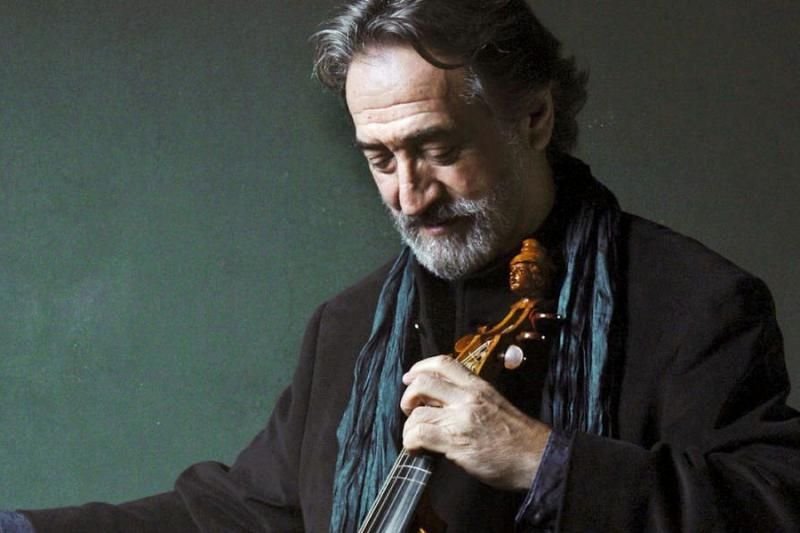A Surprising Dialogue: Celtic & Classical

Courtesy of Jordi Savall
Jordi Savall, early music specialist, is renowned for rediscovering, representing, and reinterpreting early music traditions from around the world. Savall’s latest collaboration is with the charismatic bagpiper Carlos Nunez. Last Friday evening, their program “Celtic Universe” presented by the Boston Early Music Festival entranced listeners with pieces both old and new from Ireland, Scotland, Brittany, Galicia, and the Basque Country.
Carlos Nunez’s brash bagpipe solo opened the evening with a bang. Heads swiveled as he emerged from the shadows and sauntered down the aisle. When he reached his colleagues sitting onstage, they accompanied him on the lively “Caledonia Set” which concluded with a festive jig. At first, the boisterous bagpipe seemed jarring in the solemn setting of Emmanuel Church. However, this initial juxtaposition was easily overcome once listeners realized that the stone architecture, uniquely suited to projecting sermons and hymns, also enabled the sound of this relatively small ensemble to reverberate beautifully throughout the hall. Furthermore, the physical location was soon forgotten as listeners were transported across the ocean and backwards in time to a lush, green, and carefree place through sets with titles such as “Irish Landscapes” which included evocative tunes such as “The Morning Dew” and “Apples in the Winter.”
“Celtic Universe” proved to be not only a moving performance but also a unique one, even for classical music aficionados. Contemporary orchestral instruments were nowhere to be found. Instead, the six musicians juggled an eclectic array of rarer instruments, with each musician demonstrating his versatility by playing more than one instrument. To everyone’s amazement, Carlos Nunez showcased his virtuosity on over 10 instruments, including various bagpipes, recorders, and whistles! Percussionist Xurxo Nunez accompanied the ensemble with the more conventional tambourin but later switched to what appeared to be two extraordinarily large clamshells. Indeed, Jordi Savall’s treble and lyre viols, crafted in 1750 and 1553 respectively, may have been the most familiar instruments on the stage, as they are ancestors to the modern-day violin and cello.
The Celtic tunes were simplistic - but beautifully, breathtakingly, and refreshingly so. One of the many highlights of the evening was the set “Carolan’s Harp” performed by Andrew Lawrence-King on two plucked instruments: the Irish harp and the psaltery. Plucked strings cannot produce the thick, rich sound of the modern-day bowed string section, but instead, they create a delicate, ethereal sonority which is equally as exquisite. Similarly, Savall’s viols sounded objectively thinner compared to their modern-day counterparts, but the tones of both were remarkably pure.
Savall and Nunez ensured that every set was carefully curated with the pleasure of the audience in mind: each set felt perfectly balanced by contrasting lyrically nostalgic lamentations, airs, and melodies against frenzied reels, hornpipes, and jigs. Furthermore, this historic Celtic music did not feel “old” - Savall and Nunez were not so much preserving these traditional works as they were breathing life into them. In fact, the music closely resembled modern-day interpretations of the genre. Carlos Nunez even compared their project to that of The Chieftains, arguably today’s most well-known traditional Irish band. The group made sure to end the concert just as they began, with a piece featuring the bold bagpipe. The audience, however, was not ready to leave. The modernity - or timelessness - of this ancient music may explain the way the works seemed to resonate with the audience, so much so that they demanded an encore before allowing the musicians to exit the stage.
Allison Pao is a producer for WHRB Classical.